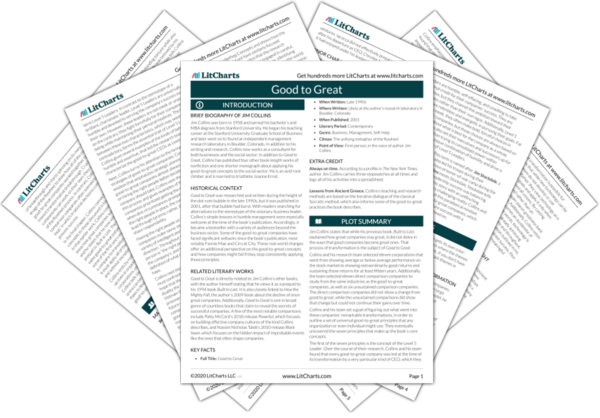By including such a malleable, human quality as passion as one of the three circles, Collins emphasizes how important it is to remember that everyone in any organization is, first and foremost, a person. This perspective clarifies why it’s necessary to get the right people before making strategic decisions; after all, passion is so personal that only some people—the right people, according to Collins—will feel a passion that genuinely matches that of the company. Allowing for the importance of passion also bolsters Collins’s ideas about the possibility of transformation, since most readers will be able to identify at least one passion that could drive them to greatness.
